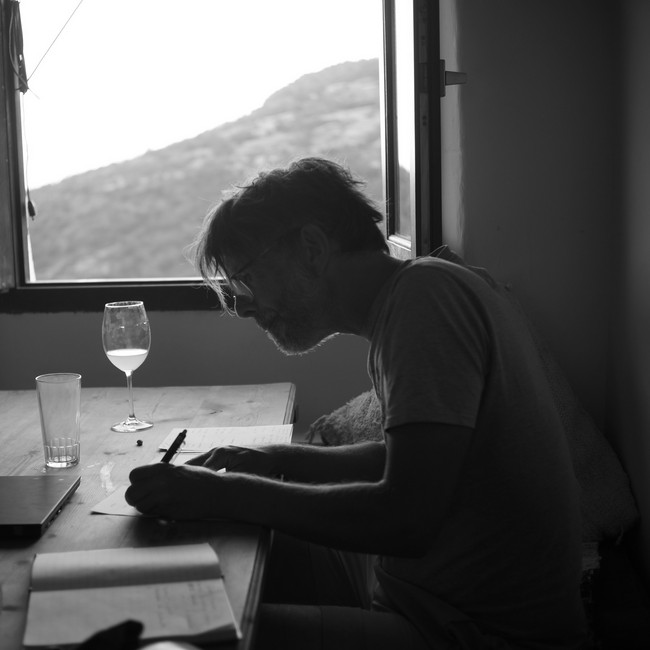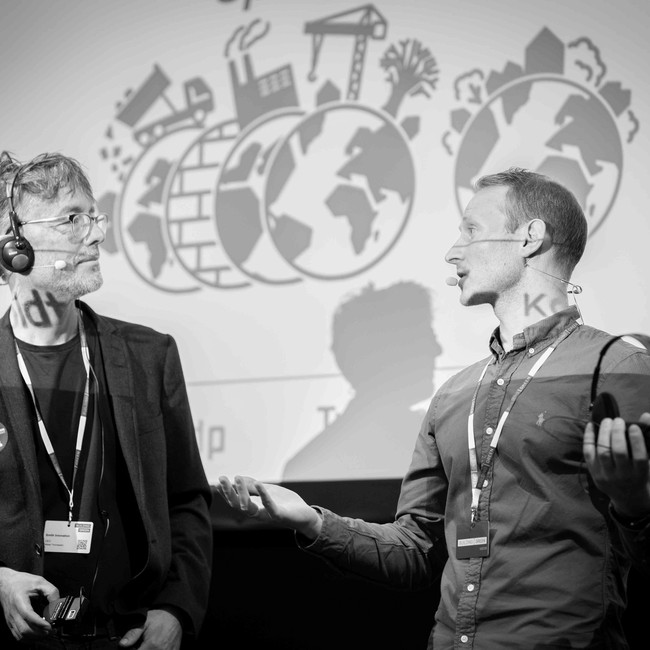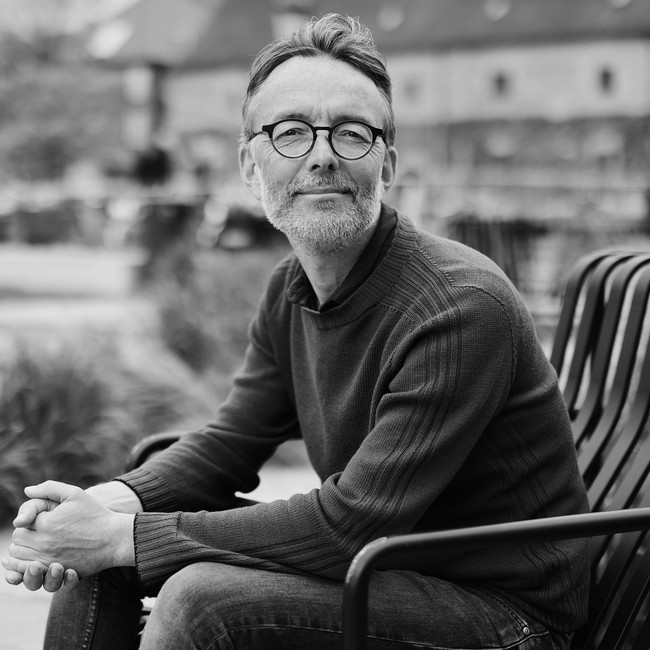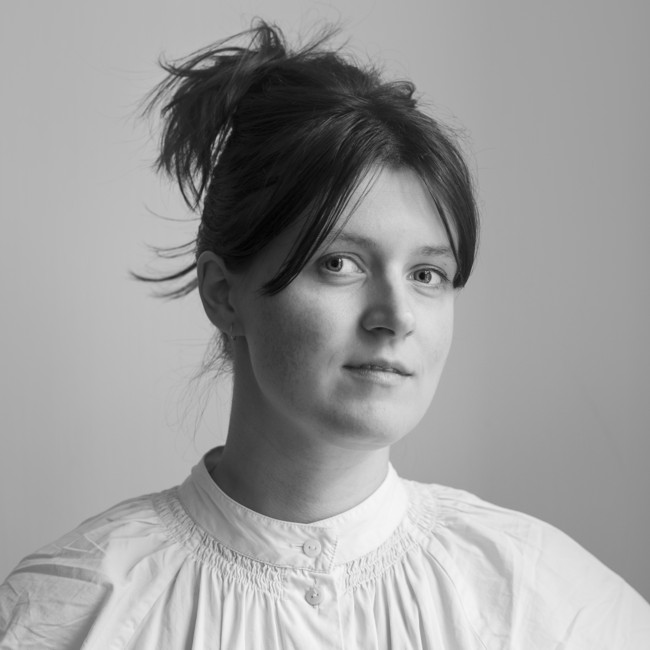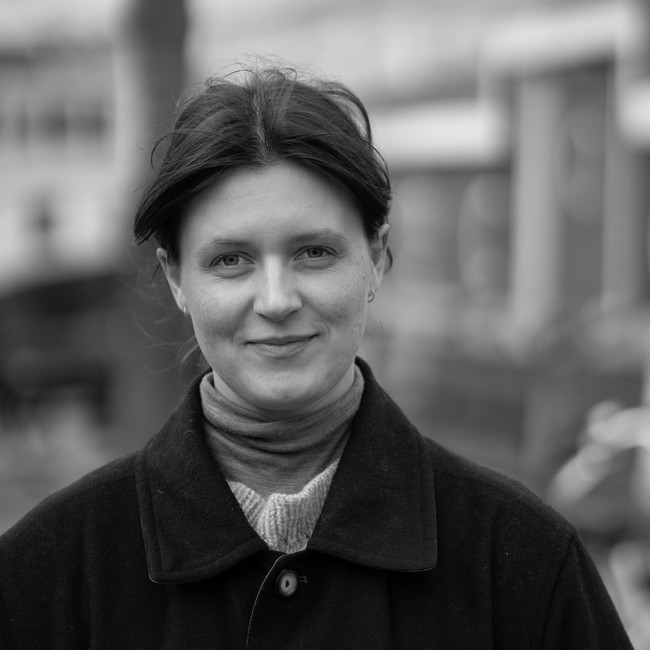
From Excavated to Cultivated
Carbon is the foundation on which all life is built. Over the last few centuries, construction has been based on a mining economy, providing materials in large quantities and of high uniform quality, with correspondingly high reliability of supply. The growth of the last 200 years has been based on activating buried carbon = fossil energy. It took the Earth 400 million years to produce the coal, gas and oil we now burn every year. One litre of fuel is the result of 25 tonnes of compressed organic material. We now know that the fossil age is an afterthought, not a sustainable model for the future. We are running out of resources and the Earth's climate is moving beyond the zone where life as we know it can thrive. We need to restore a balance where we use only what the Earth can regenerate each year - ideally less, never more. There is no more buried sunshine to tap. We only have what we can cultivate. We are moving from excavation to cultivation.

This shift has an obvious impact on the materials with which we build, but there is so much more at stake. Our entire production apparatus, our logistics chains, our way of calculating and billing are structured on the assumption that energy is cheap and abundant. Construction value chains need to be transformed at every level. We need to produce with fewer virgin materials and, as a result, with fewer uniform materials.
- From large global supply chains structured around uniform products to more diverse and, in part, local supply chains where both raw materials and the use of materials are adapted to the site.
- From simple use of complex materials to complex use of simple materials.
- From optimising the factory to optimising the building process.
- From 'finished construction' to 'living construction'.
- From construction being something you own in the metaphorical sense to something, like a garden, that you continually take care of and nurture.

Industrialisation and Efficiency
Industrialised construction has in many ways helped to alleviate housing shortages and improve living standards for much of the world's population. However, it has also left its mark on production methods that we now know are far too resource- and energy intensive for the planet to sustain. In addition, the choice of materials has contributed to the idea of good construction as something that lasts for hundreds of years and requires as little maintenance as possible.
Over many years, the construction system has been locked into a model of industrialisation and of efficiency that has favoured certain materials over others. There was a rapid transition from entirely local materials and construction methods to an industrialised building practice where speed and price were the overriding parameters. Such a transition must be possible again, but with a focus on the planet and its resources. To make room for a wider range of materials, we need to challenge existing practices, perceptions and habits.

Systemic Change
Such a systemic transition is slow, but more and more stakeholders are joining the movement. The 4 to 1 Planet project has focused on various ways to reduce the climate and environmental impact of construction. In particular, the three pavilions that stood on Søren Kierkegaard's Plads from May to August 2023. These pavilions showcased the use of alternative building materials as opposed to those traditionally used in construction. Similarly, the 'Reset Materials' exhibition at Copenhagen Contemporary, which ran from July to September 2023, focused on more sustainable building materials. In other words, there is a nascent movement - from excavated to cultivated construction.




